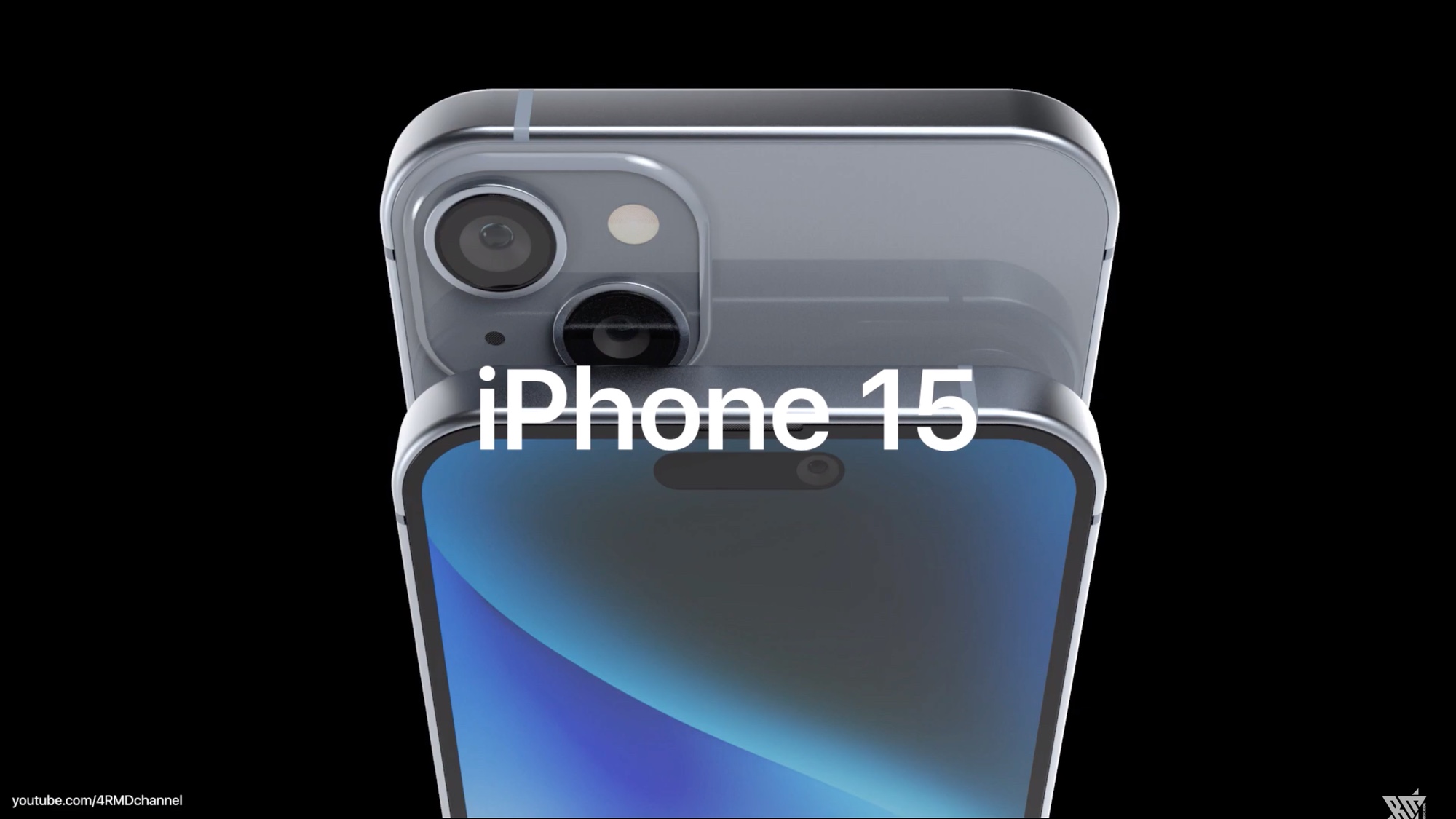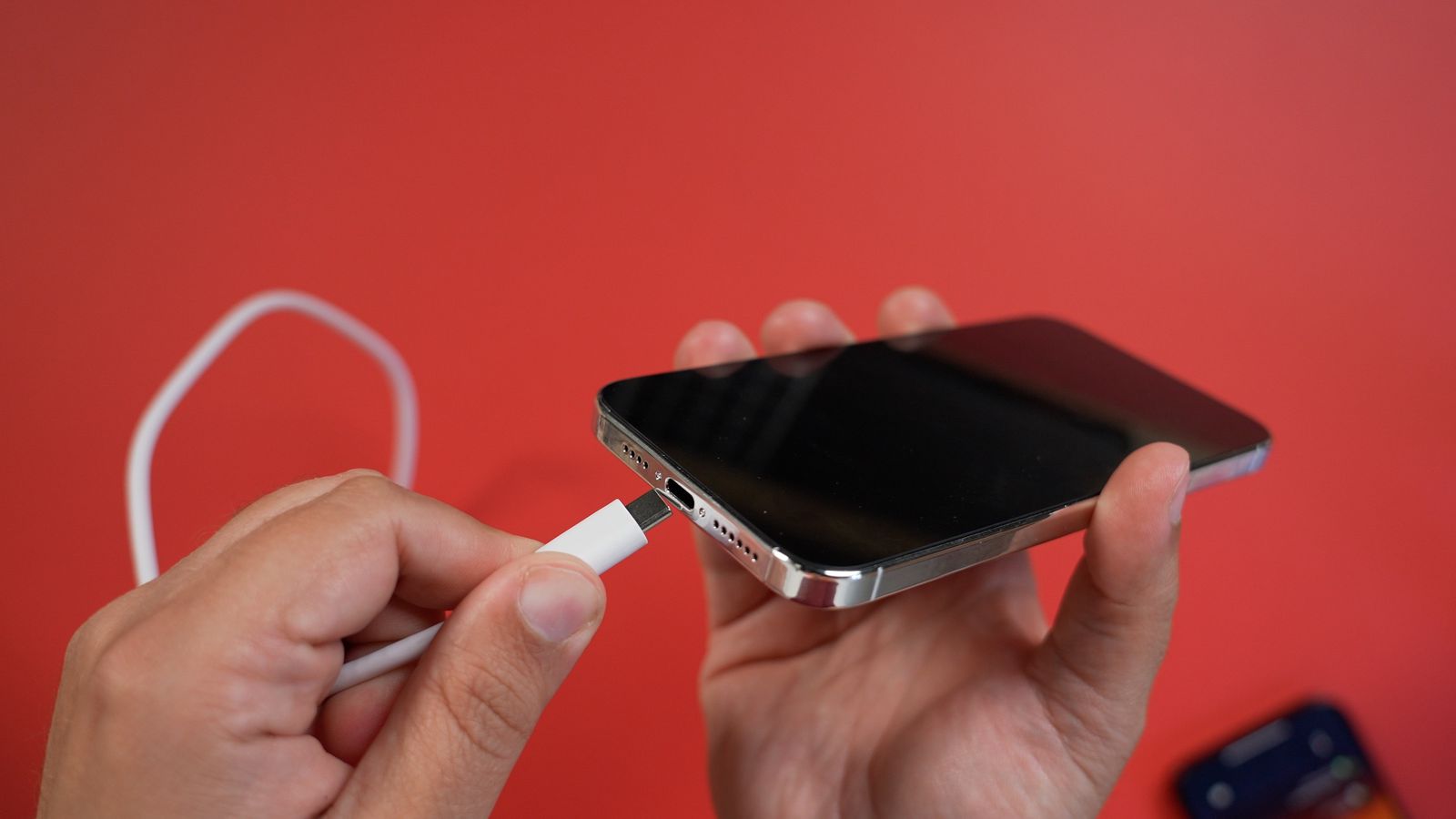iPhone 15 battery: The upgrades you need to know
The key rumored upgrades for the next iPhone's battery and charging

The iPhone 15 battery will be one of the most crucial parts of the new phones, even if it's a part you'll hopefully never see. A smartphone can't do anything without its battery, so the length of time the battery can power the phone for, and how long it takes to charge it up again, are two important pieces of info to have when making a smartphone purchase.
There's been a surprising amount of rumors and leaks for the iPhone 15's battery already, even with a month still to go until the expected launch day. For your convenience, we've got everything summarized below. Spoiler: it's generally all good news.
If you want more general details on the 2023 iPhones, then take a look at our iPhone 15, iPhone 15 Pro and iPhone 15 Pro Max rumor hubs. But since you're here, let's charge right on into the battery rumors.
iPhone 15 battery
The biggest bit of good news we've heard about the iPhone 15 series' batteries is that we can apparently expect larger batteries on all models. Although the batteries will still be smaller in most cases than an equivalently-sized Android phone, Apple's efficiently-running chips and software have kept its phones on our best phone battery life in spite of that. So even larger power packs should mean even greater results on our custom battery test.
| Model | Capacity |
| iPhone 15 (rumored) | 3,877 mAh |
| iPhone 14 | 3,279 mAh |
| iPhone 15 Plus (rumored) | 4,912 mAh |
| iPhone 14 Plus | 4,323 mAh |
| iPhone 15 Pro (rumored) | 3,650 mAh |
| iPhone 14 Pro | 3,200 mAh |
| iPhone 15 Pro Max (rumored) | 4,852 mAh |
| iPhone 14 Pro Max | 4,323 mAh |
Apple's secret to increasing the battery capacity on the iPhone 15 without changing the size of the phones' bodies could be stacked batteries. This technology is currently found on electric cars but is being miniaturized for use on upcoming smartphones, possibly also including next year's Samsung Galaxy S24 series.
Stacked batteries mean greater energy density, so more milliamp-hours of power in the same space. But it can also mean greater heat generation, something Apple would need to address in order to stop the iPhone from being too hot to hold, or causing other parts to perform inefficiently.
Another benefit to iPhone battery life could come from the rumored chip upgrades for both the iPhone 15 and 15 Plus and the iPhone 15 Pro and 15 Pro Max. The base models should end up with the current A16 chipset used by the iPhone 14 Pro, while the new Pro models will get a fresh A17 chipset that could use a 3-nanometer process - referring to the size of the transistors on the chip - for more power and greater power efficiency. It's possible that we'll see a 35% increase in efficiency, which would be a massive lift even when putting the alleged battery size increases to one side.
Get instant access to breaking news, the hottest reviews, great deals and helpful tips.
Whichever chip the iPhone 15 models use, it'll be more efficient than the outgoing generation, allowing the batteries to last even longer. The same goes for the improved LiDAR sensor and an alleged new display driver chip that's been tipped too: an upgrade that doesn't directly impact the battery but should hopefully mean a longer-lasting phone all the same.
iPhone 15 charging
Apple's been lagging behind on charging changes for its iPhones, sticking with 20W since 2020's iPhone 12 series. In fact, we've called it one of the biggest problems with the iPhone that we don't expect Apple to fix any time soon. But to our surprise this could change this year, with one source claiming that the Pro models could charge at 27W instead of the current 20W.

This would be a great upgrade since iPhones are some of the slowest charging phones on the market today, and the new USB-C port that's rumored would be a perfect reason to upgrade the charging speed as well.
Unfortunately, it's also possible that Apple will keep its Made for iPhone program going even with its switch to USB-C. That could mean we'll still have to buy Apple-approved accessories in order to charge the phones at full speed, unless the EU follows through on its threats to block such a move.
It's also possible that the new iPhones will support the latest Qi2 wireless charging standard, unsurprising since the standard is based on existing MagSafe ones. As Qi2 will be an open standard, it could mean we'll see more MagSafe-compatible charging systems that don't have to go through Apple's expensive licensing program.
If you prefer your chargers be Apple-made, then fortunately for you there are supposedly more MagSafe accessories on the way, likely to launch alongside the iPhone 15. However, it's not clear if they'll be brand-new peripherals or just updated versions of familiar products.
Some of the iPhone 15's rival devices, like the Samsung Galaxy S23 series, can perform reverse wireless charging to donate battery life to other phones without needing cables. This feature seems like a long shot for the iPhone 15, although it could be in development. In theory, any recent iPhone capable of wireless charging could be given reverse wireless charging via software update, so it's less a matter of hardware or software engineering and more about if Apple thinks reverse wireless charging is a good fit for the iPhone.
More from Tom's Guide
- iPhone 15 release — Apple event just tipped for September 13
- Samsung Galaxy S24 Ultra tipped to steal iPhone 15 Pro's biggest design upgrade
- iPhone 15 Pro Max price could be $1,299 — here’s all the rumored upgrades

Richard is based in London, covering news, reviews and how-tos for phones, tablets, gaming, and whatever else people need advice on. Following on from his MA in Magazine Journalism at the University of Sheffield, he's also written for WIRED U.K., The Register and Creative Bloq. When not at work, he's likely thinking about how to brew the perfect cup of specialty coffee.
